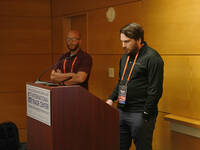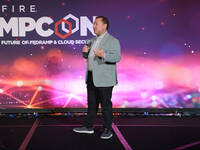
Coalfire Articles




Compliance
How to Scale Compliance by Consolidating Auditors (Without Increasing Risk)
June 30, 2025
Read more


Session Presentation
Container Encryption: FIPS Validated and compliant encryption for cloud native workloads
June 25, 2025
Read more

Session Presentation
Container Hardening: Hardening containers in a FedRAMP environment
June 25, 2025
Read more


Session Presentation
FedRAMP 20x: Meeting the Moment in Government Cloud Compliance
June 25, 2025
Read more